
YYF series Slow Strain Rate (SSRT) Stress corrosion (SCC) testing machines are used to perform corrosion slow tensile tests on materials in corrosive media environments.
YYF series Slow Strain Rate (SSRT) Stress corrosion (SCC) testing machines are used to perform corrosion slow tensile tests on materials in corrosive media environments. The measurement of stress corrosion crack and corrosion fatigue crack can be completed by configuring DCPD system. Corrosive media environment from normal temperature and pressure to high temperature and high pressure, according to the application conditions customized design, the maximum operating temperature up to 650℃, pressure 30MPa. Commonly used in aerospace, ships, nuclear power, thermal power, oil drilling, oil pipelines, petrochemical, boiler, ocean engineering, automobile, high-speed rail, rail transit, railway track welding and other fields of material testing.


YYF series equipment is composed of loading host, control cabinet, reactor, temperature control system, media loop control system, media leakage detection system, media parameter online detection system, computer measurement and control software, etc. Customized design and production according to the detection range and environmental conditions.

Ultra-pure water, 400℃/25MPa

Lead bismuth melts, loop control

Hydrogen embrittlement sensitivity test

Sea water, normal temperature and pressure

Ultra-pure water, 325℃/15MPa, water chemistry loop

Molten salt, 750℃, vacuum, argon filled loop control
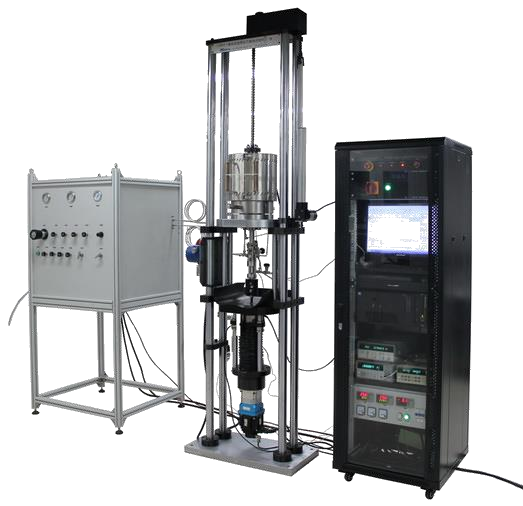
H2S, CO2, 350℃/25MPa, gas loop control

Salt solution, 80℃/ atmospheric pressure
Test functions that can be achieved on the device:
1. Ordinary tensile test function
2. Constant load creep/stress corrosion test
3. Slow strain rate tensile test, minimum tensile speed: 1x10-7mm/s
4. Low cycle fatigue/corrosion fatigue test
5. Sample crack initiation and crack growth rate measurement test
6. Constant K control, K up control, K down control
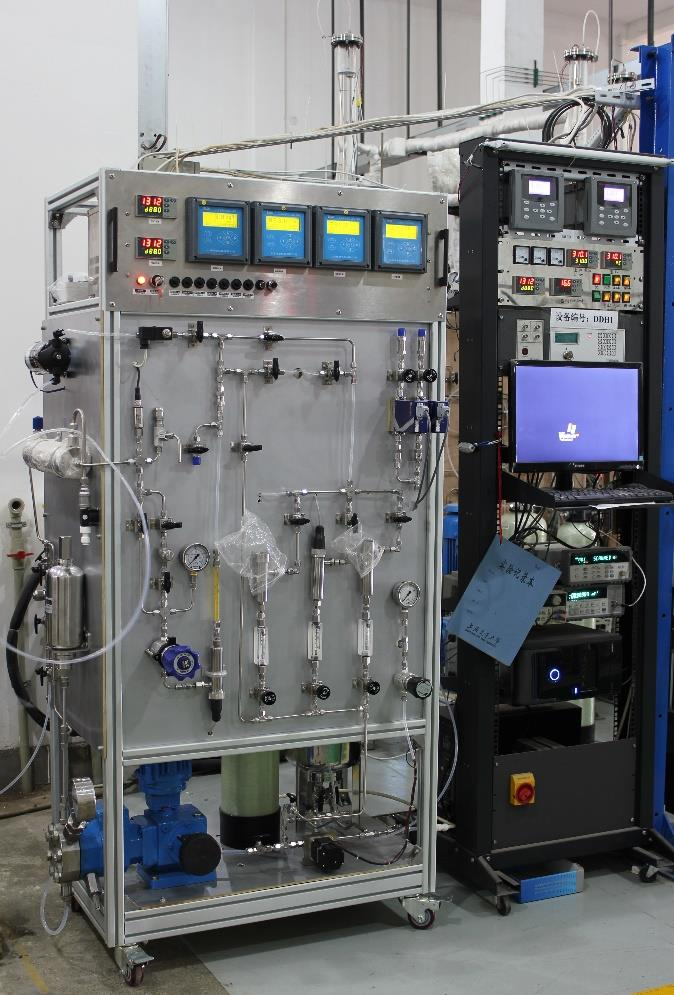
Equipment features:
1. High rigidity and heavy load frame
2. High performance full digital servo loading control system, high speed control precision
3. Double deformation measuring sensor can be used, and the sample deformation measuring accuracy is high
4. Pressure balancing device with water cooling system
5. Integrated AEC-1800 measurement and control system, easy to expand the use
6. It can measure crack growth in corrosive medium environment
Main technical parameters:
1. Maximum test force: 50kN
2. Test force range: 1% ~ 100%F.S.
3. The relative error of the test force indication value: ±0.5%
4. Maximum moving range of the loading head: 80mm
5. Loading head moving speed: 1mm/s ~ 1x10-7mm/s (slow tensile loading unit), 10mm/s ~ 1x10-6mm/s (fatigue crack expansion loading unit)
6. Loading head displacement measurement accuracy: ±0.5%
7. Displacement resolution of loading head: 0.001µm (slow tensile loading unit), 0.05µm (fatigue crack expansion loading unit)
8. Deformation measuring range: 0 ~ 30mm
9. Deformation measurement resolution: 1µm
10. Deformation measurement accuracy: ±0.5%
11. Fatigue loading waveform: sine wave, triangular wave, and half wave (fatigue crack propagation system)
12. Fatigue loading sine wave frequency: 0.0001 ~ 1Hz (fatigue crack propagation system)
13. Crack measurement length resolution: 1µm (fatigue crack propagation system)
14. Crack measurement length accuracy: up to 5% in the air (fatigue crack propagation system)
15. Maximum operating temperature of the experimental kettle: 650℃
16. Maximum operating pressure of experimental kettle: 30MPa
17. Volume of experimental kettle: about 4L (can be customized according to actual use needs)
Test standard:
1. ASTM G129 - 00(2006) Standard Practice for Slow Strain Rate Testing to Evaluate the Susceptibility of Metallic Materials
to Environmentally Assisted Cracking
2. ASTM E647 Standard Test Method for Measurement of Fatigue Crack Growth Rates
3. ASTM E399 Standard Test Method for Linear-Elastic Plane-Strain Fracture Toughness KIc of Metallic Materials
4. ASTM G111 Guide for Corrosion Tests in High Temperature or High Pressure Environment, or Both
5. ASTM G47-98 Standard Test Method for Determining Susceptibility to Stress-Corrosion Cracking of 2XXX and 7XXX
Aluminum Alloy Products
6. ISO 7539-7-2005 Corrosion of metals and alloys – Stress corrosion testing Part7: Method for slow strain rate testing
7. NACE Standard TM0198-2004 Slow Strain Rate Test Method for Screening Corrosion-Resistant Alloys(CRAs) for Stress
Corrosion Cracking in Sour Oilfield Service
8. HB 7235-1995 Slow strain rate stress corrosion test method
9. HB 5260-1983 Test method for tensile stress corrosion of martensitic stainless steel
10. GB/T15970.7-2000 "Corrosion stress corrosion test of metals and alloys - Part 7: Slow strain rate test"
Experimental kettle: According to the experimental conditions (medium type, temperature, pressure) choose the experimental kettle material, usually can provide heat-resistant glass, plexiglass, P91, 316L, DSS2205, C-276, 625 and other materials.
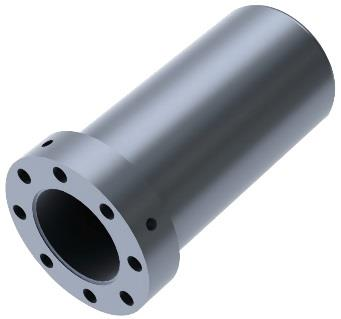
Metal experimental kettle: designed according to the specific requirements of use, the general volume is about 4L, the test temperature: room temperature ~ 650℃, the pressure: normal pressure ~ 30MPa.

High-temperature and high-pressure experimental kettle: the material of the kettle is 316L, the volume is about 4L, 400℃/25MPa. The outer insulation material is wrapped, and the sample is heated in section. The temperature difference of temperate zone is small.

High-temperature experimental kettle: The material of the kettle is C-276, the volume is about 4L, 750℃. The outer insulation material is wrapped, and the sample is heated in section. The temperature difference of temperate zone is small.

Glass experimental kettle: the volume is about 3.5L, suitable for medium with temperature not greater than 80 ℃ and atmospheric pressure environment.

Glass experimental kettle: the volume is about 35L, suitable for medium with temperature not more than 60 ℃ and atmospheric pressure environment. It can be used for hydrogen embrittlement sensitivity test of prestressed steel strand.

P91 material experimental kettle: volume of about 4L, temperature 300 ℃. The medium is lead and bismuth molten liquid, and argon gas is used to expel oxygen.
Metal corrosion experiment water chemical control system: Follow simple and reliable design principles to achieve temperature, pressure, water chemical control and water cycle control. pH, dissolved oxygen, and electrical conductivity measurements are made with in-line meters, and data can be transmitted to a computer. pH value measurement range: 0 ~ 14. Dissolved oxygen measurement range: 0 ~ 20.0mg/L. Conductivity measurement range: 0.01 ~ 600mS/cm (optional electrode according to actual needs, the measurement range is determined by the electrode K value).

Lead-bismuth medium environment control console: control the melting kettle and experimental kettle circuit in lead-bismuth corrosive medium environment, complete vacuum pumping, oxygen driving, argon filling, loop docking air pumping, etc.

Temperature control system: high precision temperature control instrument can be used for single point and multi-point temperature measurement and control. Customized design according to experimental kettle and media loop.

Temperature control system: select high-precision temperature control instrument, temperature measurement and control inside and outside the kettle. Pressure measurement and monitoring in the tank, overpressure automatically cut off heating and pressure. Customized design according to experimental kettle and media loop.

The loading system is composed of mechanical transmission unit, electric control driving unit and measurement and control software unit. The mechanical transmission unit uses precision ball screw, Taiwan planetary gear reducer and Yaskawa servo drive unit as the basic driving loading unit, which has smooth loading and good long-term stability.

The measurement and control unit is composed of load sensor (USA), grating displacement sensor and AEC-1800 control system. The system has been proved to have high measurement and control precision and stable performance after long-term use.

Full digital AEC-1800 measurement system: dual-core architecture, full digital control, control response frequency ≥1KHz. Complete self-detection and fail-safe functions.
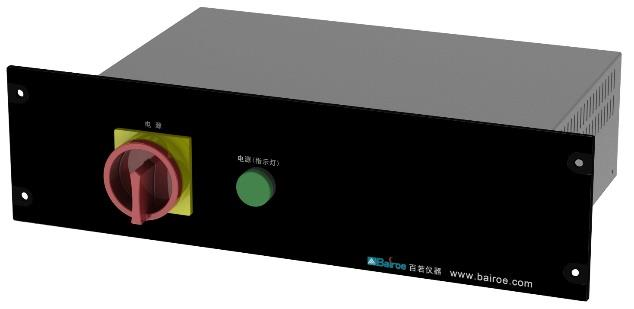
Full digital servo drive system: DSP core, full digital control, rapid control response. A variety of control modes, with over current, overload, over voltage, under voltage, over temperature CPU error and other rich fault protection functions.

Sample stress corrosion deformation measurement device: select high-precision grating displacement sensor, use balanced dual sensor measurement, eliminate deviation, improve measurement accuracy.

Water cooling device: When the experimental kettle must be placed under the experimental conditions, the large amount of heat generated by the experimental kettle will have a temperature effect on other components of the equipment, and the water cooling device can achieve effective cooling.

Natural cooling device: When placed on the experimental kettle or the temperature of the experimental kettle is not high, the effective cooling effect can be achieved by natural cooling.

Gas detector:
When conducting toxic gas environment experiments, it is necessary to install gas detectors to detect leaks and output control signals for blowdown treatment. German quality gas detectors provide reliable detection. Optional configuration: CO2, CO, CH4, H2S, SO2, NH3, HCl, N2O4 and other gas detectors.

Ultra-high precision instrument for DCPD:
DCPD method for crack propagation measurement needs to deal with very small signals, so the resolution and accuracy of the measurement are very important. The American Angilent high-precision instrument is selected to provide reliable and stable measurement data.
Slow strain rate stress corrosion tensile test software


Tensile stress corrosion plate specimen
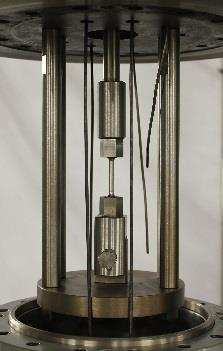
Tensile stress corrosion bar specimen
Stress corrosion CT specimen crack growth measurement test software

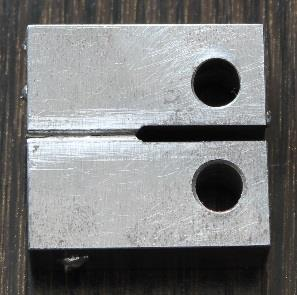
Stress corrosion crack measurement of CT specimen

Crack growth diagram of stress corrosion CT specimen
Basic functions of test software:
1. Support metric and imperial units;
2. Support functional navigation, select the corresponding test function according to the navigation interface;
3. Real-time display of force, displacement and deformation values
4. Real-time rendering of force-displacement curve, force-strain curve, force-time curve, strain-time curve, stress-strain curve, etc.;
5. Support sample control process design, convenient test method expansion;
6. Support slow strain loading control;
7. Support real-time measurement of temperature, conductivity, pH value, pressure and other environmental system data;
8. Support accurate prefabrication crack test;
9. Support multi-program segment combination control, to achieve a complete test of CT samples in the environmental system under various toughness strength indicators;
10. Support full cycle sine wave, triangular wave, trapezoidal wave dynamic loading;
11. Support half-cycle sine wave dynamic loading;
12. Support constant K loading control, automatically adjust waveform amplitude;
13. Support constant amplitude loading control;
14. Support dynamic loading frequency in the range of 0.0001 ~ 2Hz;
15. Support real-time collection and display of dynamic loading peak and valley data;
16. Support real-time collection and display of potential data, a/W, Kmax, and calculate potential sampling standard deviation;
Basic functions of test software (continued) :
17. Support crack growth rate calculation and display;
18. Support real-time drawing of crack growth curve;
19. Support real-time drawing dynamic loading curve;
20. Support adjustment of control parameters during the test and immediate application;
21. Support automatic and manual test logging;
22. Support the recovery function after the suspension of the test;
23. Support test recovery function after power failure;
24. Support data collection power failure retention;
25. Support long-term continuous testing for more than 30 days;
26. Test data can be exported to EXCEL, ACCESS format;
27. Support equipment overload protection and various equipment safety and test safety protection.
Several points should be made clear when building stress corrosion equipment:
Maximum load of equipment
Whether to measure crack growth of CT specimens under stress corrosion environment
The type, composition and concentration of the medium in the corrosive environment
Experimental temperature range
Experimental pressure range
The corrosion environment in the kettle is static or dynamic
Sample shape and size
Other additional conditions
 Fresh-Keeping Box Food Packaging Bag Compression And Pressure Resistance Testing Machine
Fresh-Keeping Box Food Packaging Bag Compression And Pressure Resistance Testing Machine
 Fresh-Keeping Box Food Packaging Bag Tensile Testing Machine
Fresh-Keeping Box Food Packaging Bag Tensile Testing Machine
 NDW-10000 Microcomputer Controlled Material Torsion Testing Machine
NDW-10000 Microcomputer Controlled Material Torsion Testing Machine
 WDS-5 Digital Display Electronic Universal Testing Machine
WDS-5 Digital Display Electronic Universal Testing Machine
 YAW-300D Electronic Folding And Compression Machine
YAW-300D Electronic Folding And Compression Machine
 WDW-5 Microcomputer Controlled Electronic Universal Testing Machine (Food Packaging Compression)
WDW-5 Microcomputer Controlled Electronic Universal Testing Machine (Food Packaging Compression)